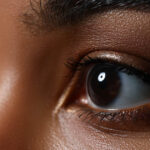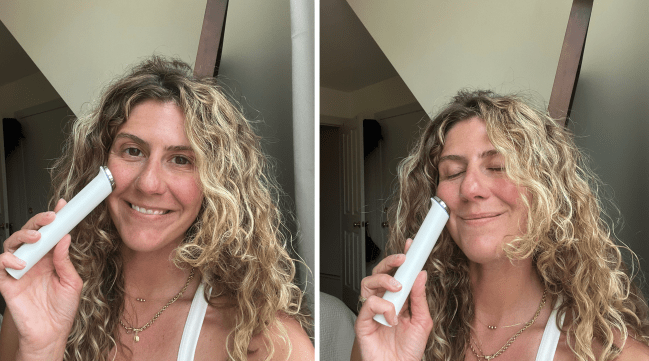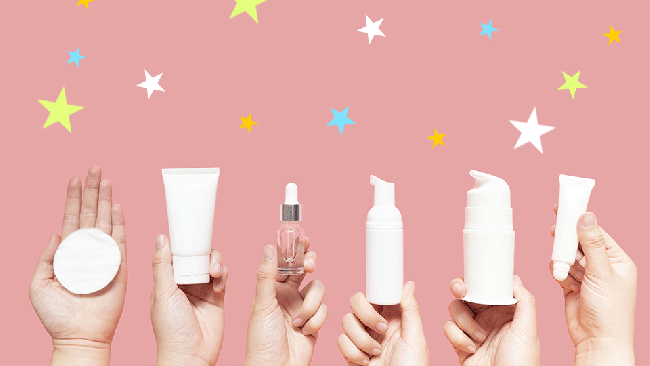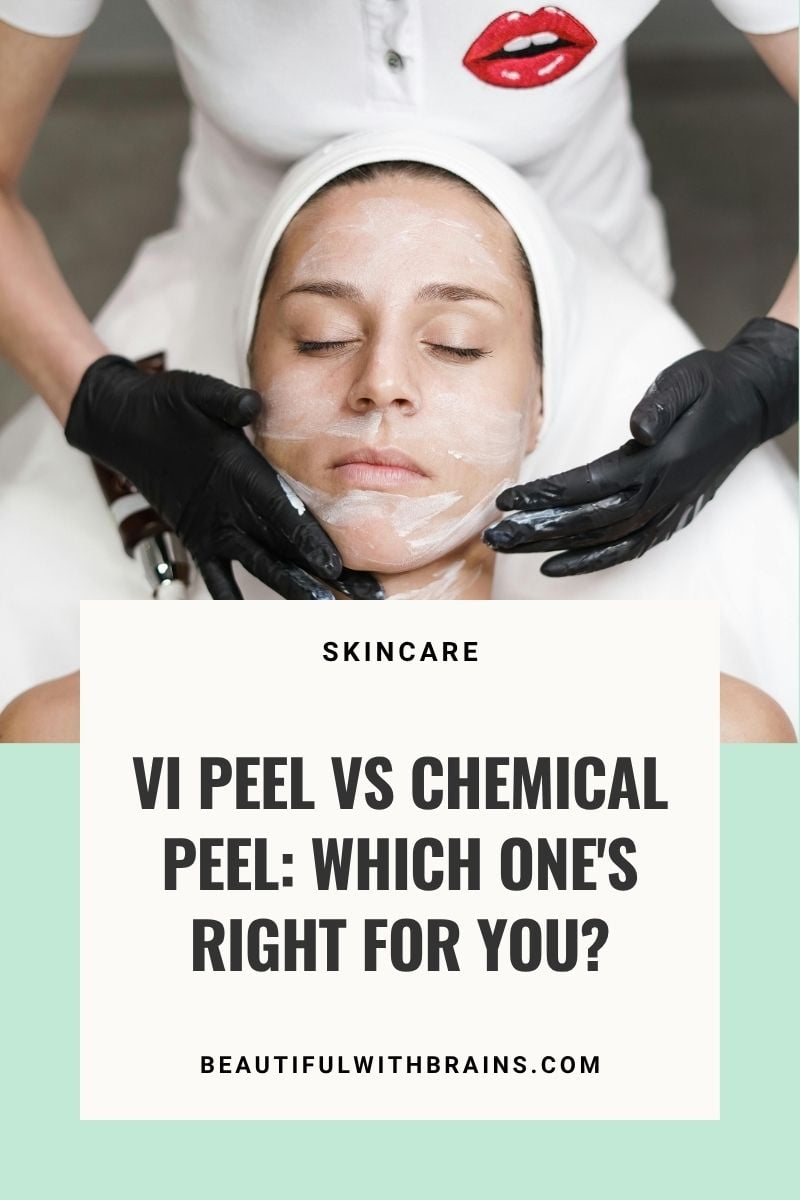Soy Isn’t Just in Your Coffee 🌱
Soy milk, soy protein, soy sauce—we expect soy in our kitchens. But did you know soy is also in your moisturizer, lipstick, or foundation?
Surprising? Yes. Safe? Not always.
Soy is one of the most common allergens worldwide—and yet, it quietly hides in skincare under names most consumers don’t recognize.
Let’s uncover the truth about soy in beauty products, and why allergen-safe brands are saying soy no more.
Why Is Soy Used in Skincare?
Brands love soy because it’s cheap, versatile, and easy to market as “natural.”
-
As an emulsifier → blends oil + water.
-
As a moisturizer → soy proteins are used to “plump” skin.
-
As an antioxidant → soy is rich in isoflavones, marketed for anti-aging.
📌 Translation: soy makes formulas smoother, shinier, and cheaper.
The Problem With Soy in Cosmetics
1. It’s a Major Allergen 🚫
-
Soy is one of the “Big 8” allergens.
-
Can cause rashes, hives, itching, and eczema flare-ups.
-
Even topical exposure may trigger reactions in sensitive individuals.
2. Hormone Disruptor Potential ⚠️
3. Hidden Under Many Names 🔍
Soy isn’t always listed as “soy.” Look out for:
📌 Sneaky fact: if your lip balm lists “lecithin” but doesn’t say where it’s from, assume soy.
Dr. Liia Insight
Dr. Liia (Pharmacist and Scientist):
“Soy in skincare isn’t dangerous for everyone, but for patients with soy allergies or eczema, it’s a hidden trigger. The challenge is that it hides under different names, so people don’t even know they’re using it.”
Common Beauty Products That Contain Soy
You’ll often find soy in:
-
Lipsticks & lip balms (lecithin as a stabilizer)
-
Moisturizers & lotions (soy proteins for “anti-aging”)
-
Foundations & primers (soy oils for smooth texture)
-
Hair products (soy proteins for “strengthening”)
📌 The riskiest? Lip products—because soy proteins can be ingested.
Why Soy-Free Skincare Matters
For allergy-prone or sensitive skin:
-
Eliminates hidden reaction risks.
-
Reduces inflammation + barrier disruption.
-
Pairs well with other allergen-safe formulations (gluten-free, nut-free, dairy-free).
📌 Soy-free skincare = safer skincare, even if you’re not allergic.
Allergen-Safe, Soy-Free Alternatives
Instead of soy-based ingredients, look for:
-
🌿 Sunflower Lecithin → emulsifier without soy allergens.
-
🌸 Candelilla Wax → texture stabilizer in lipsticks.
-
🌱 Rice Bran Extract → antioxidant benefits without soy.
-
💧 Hyaluronic Acid → plumps skin without soy proteins.
📌 These give all the benefits of soy—without the allergen baggage.
FAQs About Soy in Skincare
Q: Is soy always bad in skincare?
A: Not for everyone—but for those with soy allergies or sensitivities, it’s a hidden risk.
Q: How do I know if my product contains soy?
A: Look for words like lecithin, soybean oil, glycine soja, hydrolyzed soy protein.
Q: Is lecithin always soy-derived?
A: No, but unless it says sunflower lecithin, assume soy.
Q: Can soy in skincare affect hormones?
A: Research is ongoing, but soy phytoestrogens may mimic estrogen—especially concerning for sensitive groups.
Final Thought
Soy may be healthy in lattes, but in skincare, it’s a hidden allergen with real risks.
With allergen-safe alternatives available, there’s no reason to keep soy in your beauty routine.
Because safe beauty means no surprises in your moisturizer. Because no one should have to decode labels just to stay safe.
✨ Want skincare without soy (or hidden allergens)? Explore the EpiLynx Soy-Free Collection — allergen-safe, vegan, and designed for sensitive skin.










